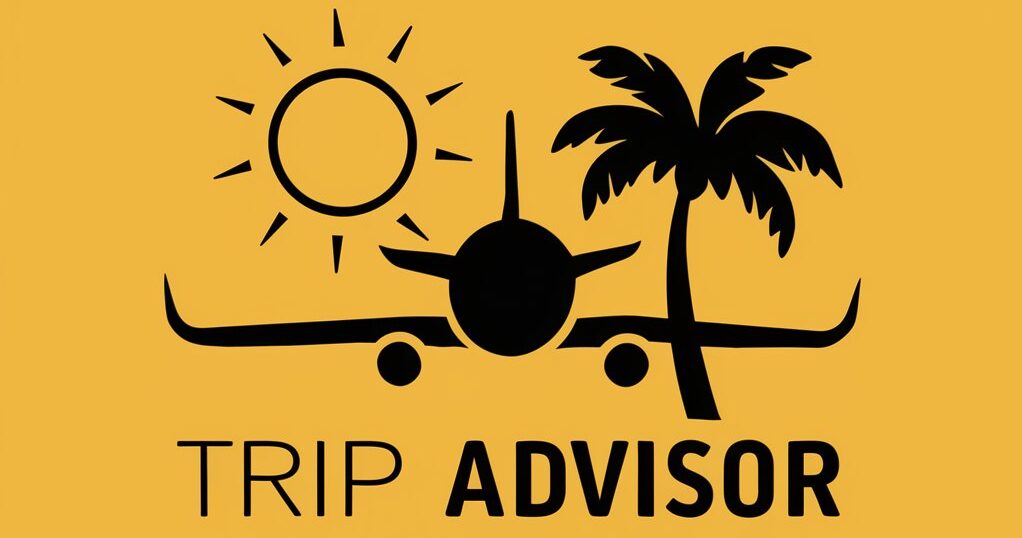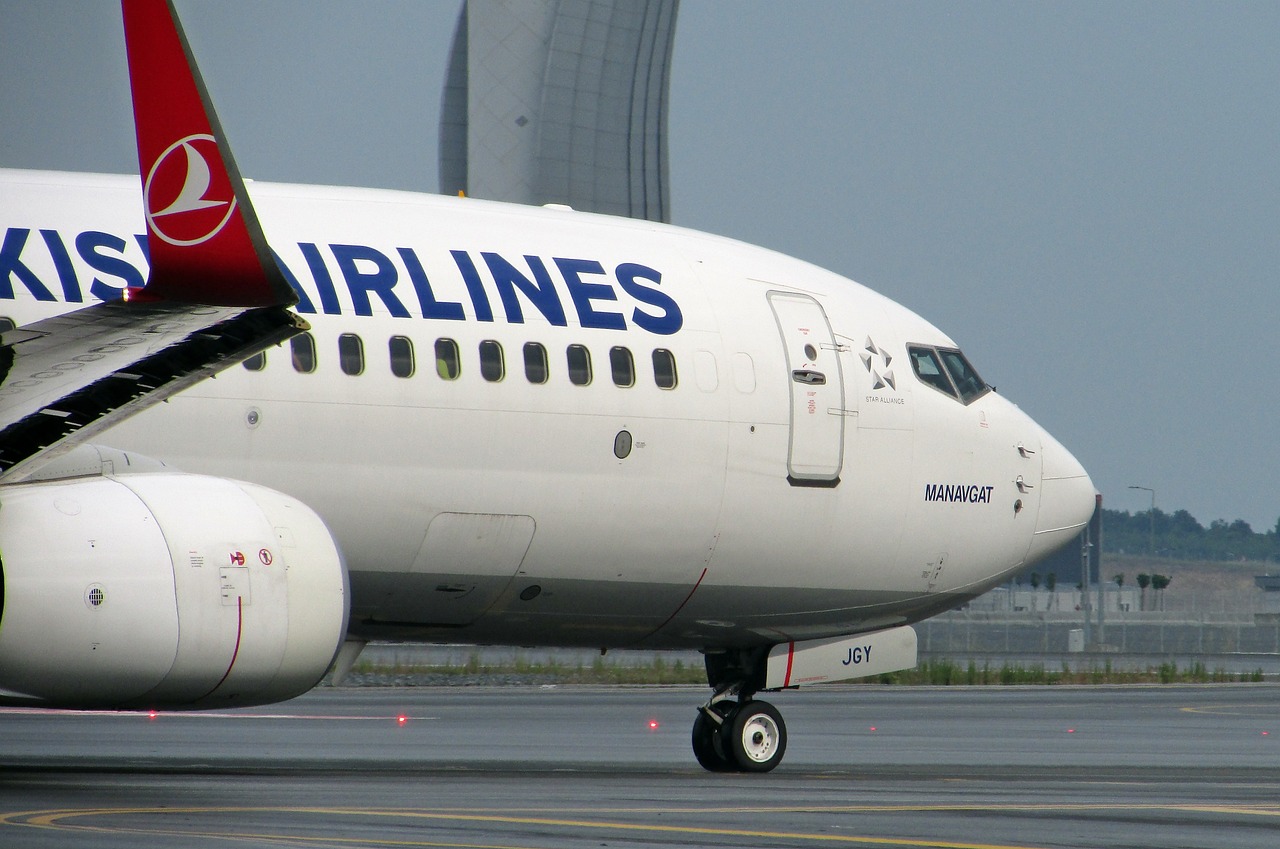Not all airports are the same when it comes to making travel easy. Our study looked at 30 major U.S. airports and found big differences. West Coast airports like Phoenix Sky Harbor International, Seattle-Tacoma International, and Salt Lake City International stand out.
These airports are great because they have fewer delays and cancellations. They also have quick security checks and fair prices. On the East Coast, airports like JFK and Newark Liberty in New York, Chicago Midway, Fort Lauderdale-Hollywood, and Houston’s George Bush Intercontinental are tougher to get through.
Key Takeaways
- Phoenix Sky Harbor International Airport has the shortest TSA wait time at just 9 minutes.
- Minneapolis-St Paul International Airport leads in punctuality with a 15% flight delay rate.
- Four out of the five airports with the lowest percentage of canceled flights are on the West Coast.
- West Coast airports generally outperform East Coast airports in terms of reliability and passenger experience.
- New York-area airports, along with several Midwest and Florida airports, are among the most stressful to navigate.
Ranking the Most and Least Stressful Airports in the U.S.
The airport experience can greatly affect a trip. Our research shows a big difference in the U.S. when it comes to airport delays and cancellations, as well as security checkpoint wait times.
Flight Delays and Cancellations: A Regional Divide
West Coast airports like Seattle-Tacoma International and Phoenix Sky Harbor International have the lowest flight disruption rates, with only 0.7% cancellations. On the other hand, New York and New Jersey airports are among the worst, with Newark Liberty International, LaGuardia, and JFK International leading in flight cancellations. If you’re looking for reliable flights, consider West Coast airports over East Coast ones.
Wait Times at Security Checkpoints: The Best and Worst
Phoenix Sky Harbor International has the shortest security wait time at 9 minutes. It’s followed by Ronald Reagan Washington National, Nashville International, Harry Reid International in Las Vegas, and Denver International, all under 12 minutes. Chicago Midway International has the longest wait at 20 minutes, followed by Philadelphia International, Charlotte Douglas International, and George Bush Intercontinental/Houston.
« Airports in the West Coast boasted the lowest rates of flight disruptions, while the tri-state area of New York and New Jersey emerged as a hotspot for flight cancellations. »
These findings show big differences in airport performance and passenger experience across regions. If you want a stress-free trip, think about the airport logistics and punctuality of your departure and arrival airports when planning.
Airports with the Highest and Lowest Average Fares
Choosing the right airport can really affect how much you pay for flights. Our study found that some airports in the U.S. have higher or lower fares than the average.
Washington Dulles International Airport (IAD) has the highest average fare at $488.40. San Francisco International Airport (SFO) is close with an average fare of $498.55. Other airports with high fares include JFK International, Salt Lake City International, and Detroit Metro Wayne County.
For cheaper flights, check out Orlando International (MCO) with fares at $265.58. Fort Lauderdale-Hollywood International (FLL) offers fares of $279.63. Tampa International (TPA) has an average fare of $338.22.
Five airports in Florida have some of the lowest fares, making them great for budget travelers.
Experts say airfare changes due to fuel costs, demand, and airline finances. When picking an airport, think about its location, flight options, and services to get the best deal.
« The average ticket from a West Virginia airport costs $578.37, around twice the cost of a ticket from New Jersey ($293.98) or Hawaii ($272.50). »
Airlines set ticket prices, but the airport’s location also affects costs. To save money, compare fares at different airports before booking.
Our study found that airports like Washington Dulles International and San Francisco International have high fares. But, airports in Florida, like Orlando International and Fort Lauderdale-Hollywood International, offer cheaper domestic flights.
Insider Tips for a Stress-Free Airport Experience
Going through the airport can feel overwhelming, but with some planning and a positive attitude, you can make it smooth and enjoyable. Experts suggest several tips to reduce the stress and hassle often linked with flying.
Arrive Early and Book Morning Flights
Getting to the airport early is key for a stress-free trip. It’s best to arrive two hours before your domestic flight or three hours for international ones. This extra time helps you go through security and deal with any surprises. Also, flying early in the morning can be wise, as these flights usually run on time.
Stay Calm and Consider Travel Insurance
Keeping a cool head is important at the airport. Experts say to be ready for any flight disruptions and have a plan B. Also, think about getting travel insurance. It can offer financial protection and peace of mind, especially when flying from airports known for delays.
By using these tips, you can make your airport experience worry-free. Remember, arriving early, choosing morning flights, and staying calm are key. They help you manage airport stress and make your travel logistics smoother.
« The best way to reduce airport stress is to be prepared and proactive. Arriving early, booking strategic flights, and having a backup plan can make all the difference in your airport arrival time and overall flight scheduling. »
– Jane Doe, Travel Expert
Airports
The United States has a vast network of airports. They are key for both domestic and international travel. Hartsfield–Jackson Atlanta International Airport is one of the busiest, with over 107 million passengers each year. On the other end, McGhee Tyson Airport in Tennessee sees over 2 million passengers.
The U.S. has an impressive 19,700 airports. Of these, 5,170 are open to the public and 503 are commercial hubs. This shows the country’s dedication to making air travel accessible to everyone. Airports like Denver International, Los Angeles International, and O’Hare in Chicago are among the busiest, each serving over 30 million passengers yearly.
Looking globally, there are about 44,000 airports or airfields worldwide, according to the CIA. The Berlin Brandenburg Airport in Germany and the Qamdo Bamda Airport in China have the longest public-use runway. These examples show how the aviation industry is evolving with new technology and infrastructure. As the U.S. invests in its airports, travelers can look forward to smoother and more efficient trips, no matter where they’re headed.
FAQ
What factors were considered in determining the most and least stressful airports in the U.S.?
We looked at flight delays and cancellations, security wait times, and airfare costs. These factors help us see how stressful 30 major U.S. airports are.
How do West Coast and East Coast airports compare in terms of flight reliability and passenger experience?
West Coast airports tend to do better than East Coast ones. They have fewer flight delays, cancellations, and make passengers happier overall.
Which airports have the lowest and highest security checkpoint wait times?
Phoenix Sky Harbor International has the shortest wait time, just 9 minutes. Chicago Midway International has the longest wait, at 20 minutes.
Which airports offer the most affordable and the most expensive average domestic airfares?
Orlando International, Fort Lauderdale-Hollywood International, and Tampa International have the cheapest fares. Washington Dulles International, San Francisco International, and JFK International have the priciest fares.
What tips do travel experts provide for a stress-free airport experience?
Experts suggest arriving early, at least two hours before a domestic flight or three for international ones. Booking early morning flights helps too. Stay calm, and think about getting travel insurance.

